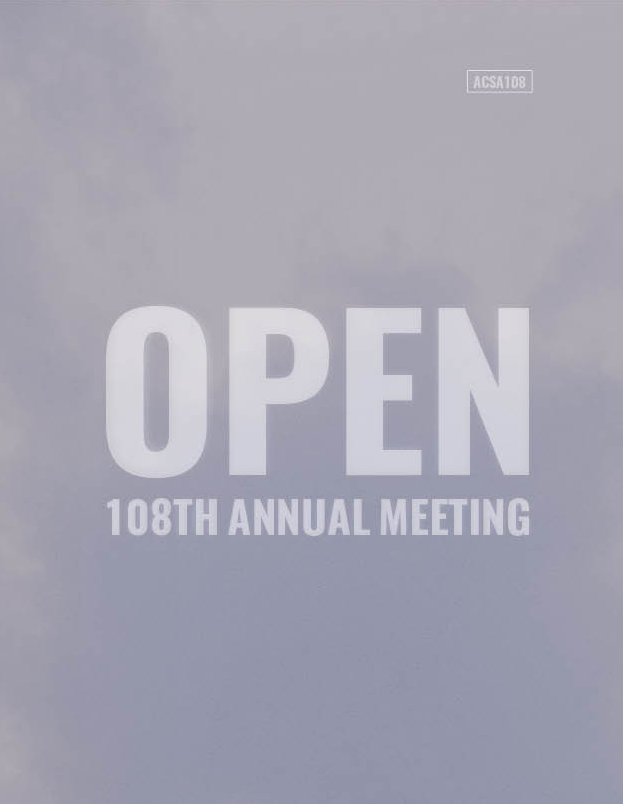Author(s): Kristin M. Ambrose, Helia Taheri & Sarah Wood
Decision-making in architectural design is a complex process that includes factors such as aesthetics, environmental, and user needs (Gercek and Arsan, 2019). Utilizing computational simulation tools is one way to gather quantitative data efficiently to help architects in this process (Reinhart and Fitz, 2006). Recent literature on decision-making in architectural design states that it is significant for architects to create a link between their professional experience gained from previous work and knowledge provided from simulation tools (Gercek and Arsan, 2019). Daylight simulation tools are regularly accepted in the market, since it is difficult to evaluate the quantity of daylight in a space through a simple equation (Reinhart and Fitz, 2006). Whether the daylight simulation is done in-house or by a consultant, it is imperative for architects to have empirical knowledge about how the numerical results relate to the user experience. In this article, a set of methods is proposed to improve designers’ understanding of daylight simulation results. The study has been conducted in July and August of 2019. The methods used in this study are survey, daylight simulation, and daylight measurement via environmental monitoring. The participants who are designer/occupants in a design firm in Raleigh, North Carolina, USA, participate in an online survey asking about their productivity and visual comfort in the space. Daylight simulation analyzes the illuminance levels in the office space with Ladybug and Honeybee – plug-ins of Rhino Grasshopper. Furthermore, the actual illuminance in the space is measured by Omron 2JCIE-BL01 sensors in certain locations for additional empirical evidence. A correlational analysis is conducted between the questions of the survey, its results shows that there is no statistically significant correlation between visual comfort and employees’ perception of productivity in the summer. Also, the data gained from the sensors and survey show that the daylight is not equally distributed across the office, ranging from 100-1500 lux. Ultimately, by sharing the findings with the participants in the meeting, while conducting the realtime daylight simulation, they can relate results to their own experience in space. It helps them improving their design knowledge and process for meaningfully integrating daylight in their design.
https://doi.org/10.35483/ACSA.AM.108.19
Volume Editors
ISBN
978-1-944214-26-5

 Study Architecture
Study Architecture  ProPEL
ProPEL 
